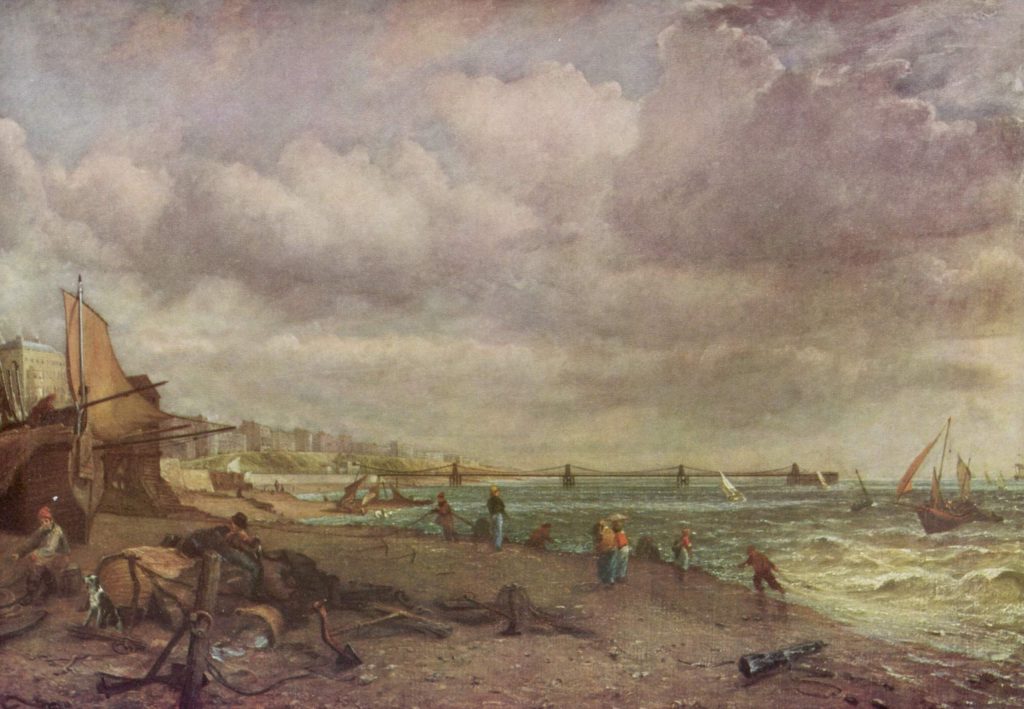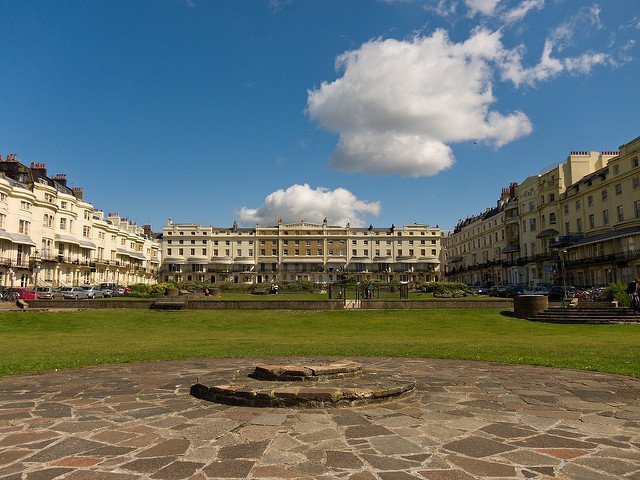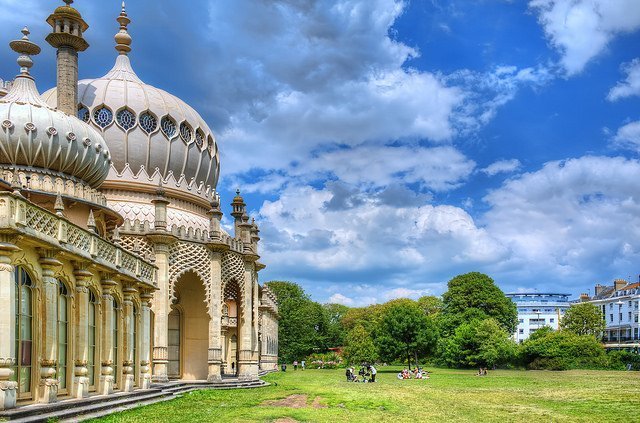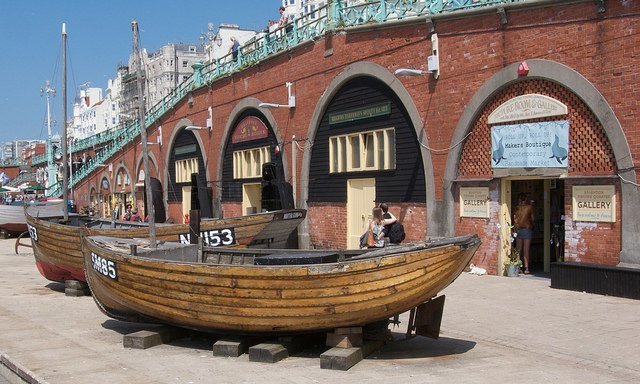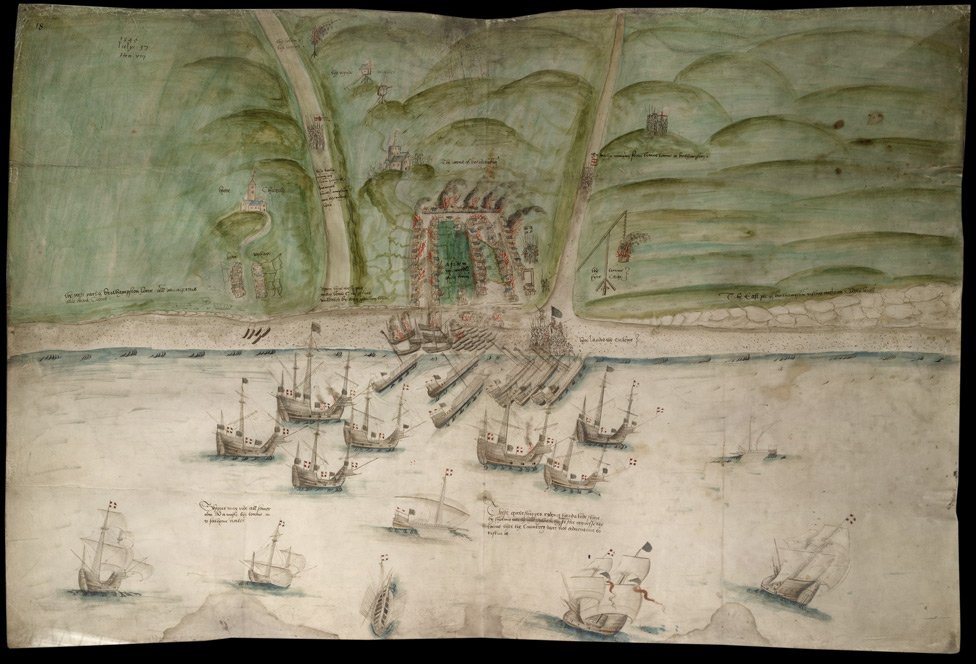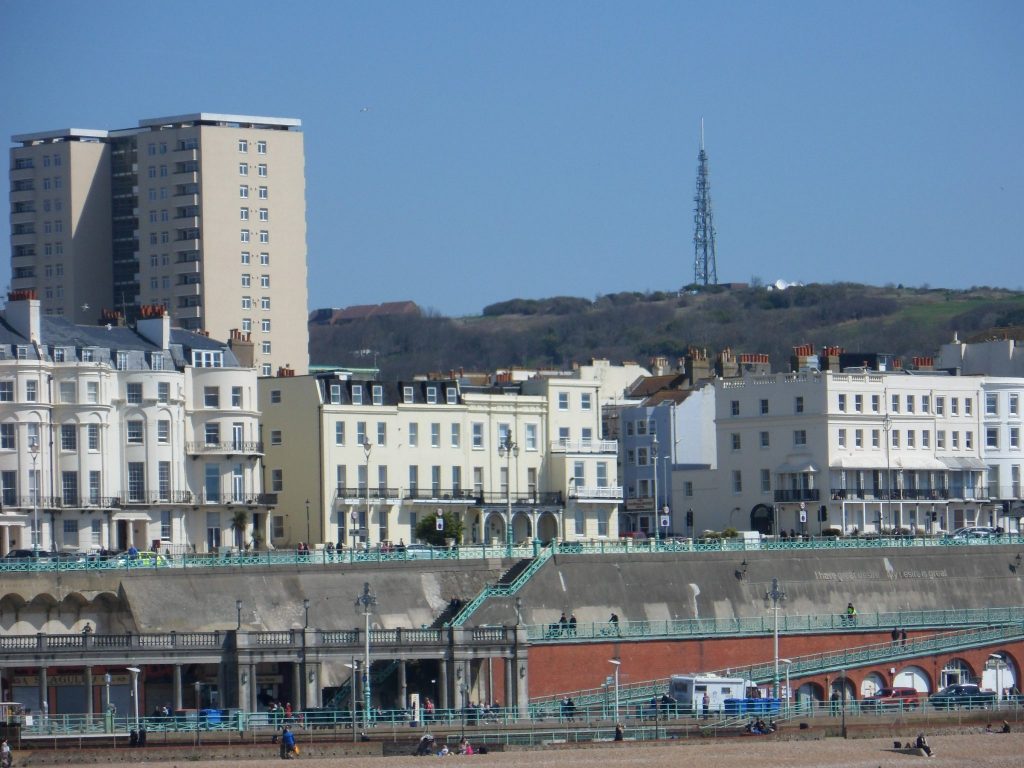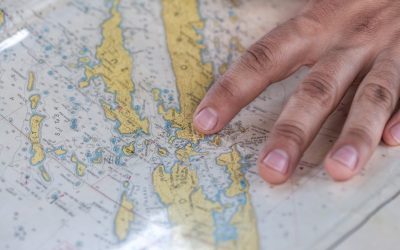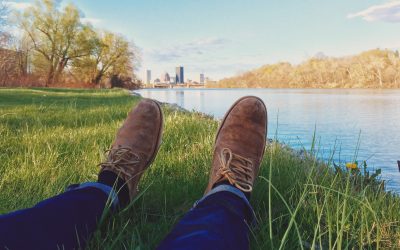Brighton Grand Hotel build complete
The Grand was the first truly exclusive hotel in Brighton, designed by architect John Whichord. It was built in 1862-64, ostensibly for the upper classes that visited Brighton when it became a fashionable resort. Its imposing fascia is an amalgam of grandiose Italian renaissance and classic Victorian architecture.
The population of Brighton is 77,693
By 1861 Brighton was approximately the 15th largest town in England and Wales.
London to Brighton railway opens
The opening of the London to Brighton railway made the journey cheap and easy. It also brought a massive influx of tourists from a very different social background from traditional high society. The new tourists were middle- or lower-class trippers from the South of London.
Royal Suspension Chain Pier built
Generally known as the Chain Pier, it was designed by Captain Samuel Brown. The pier was primarily intended as a landing stage for packet boats to Dieppe, France, but it also featured a small number of attractions including a camera obscura. An esplanade with an entrance toll-booth controlled access to
Royal Pavilion construction complete
In 1783 George Prince of Wales visited the Duke of Cumberland, in 1785 he married Miss Fitzherbert. By 1806 his ultimate indulgence, the transformation of a rural farmhouse into the ornate Royal Pavilion was complete. It was built in three campaigns, beginning in 1787, as a seaside retreat for George,
Transformation from small fishing village to urban conurbation begins
The population grew rapidly due to Dr Russell’s “sea water cure” (the belief that a dip in the cold sea has very therapeutic qualities). Several nobles took the cure and became enamoured enough of the area to build houses.
Brighton has a population of around 2,500. It has 80 fishing vessels.
By 1580, Beorthelm’s Tun, became a thriving small town with around 2,500 residents. The modern day name, Brighton, was first seen in records dating back to 1660.
French raiders attacked the village of Brighthelmstone
Fleet of French raiders attacked the village of Brighthelmstone, burning almost every building to the ground. Read more
Early habitation in Brighton (est. 447 – 457)
The earliest sign of habitation is a flint dagger discovered in the chalk cliffs. It is believed to date back about 250,000 years. Located on Whitehawk hill overlooking Brighton racetrack is the remains of a Neolithic “causeway camp” of the New Stone Age. The Romans came, saw, conquered, built roads

